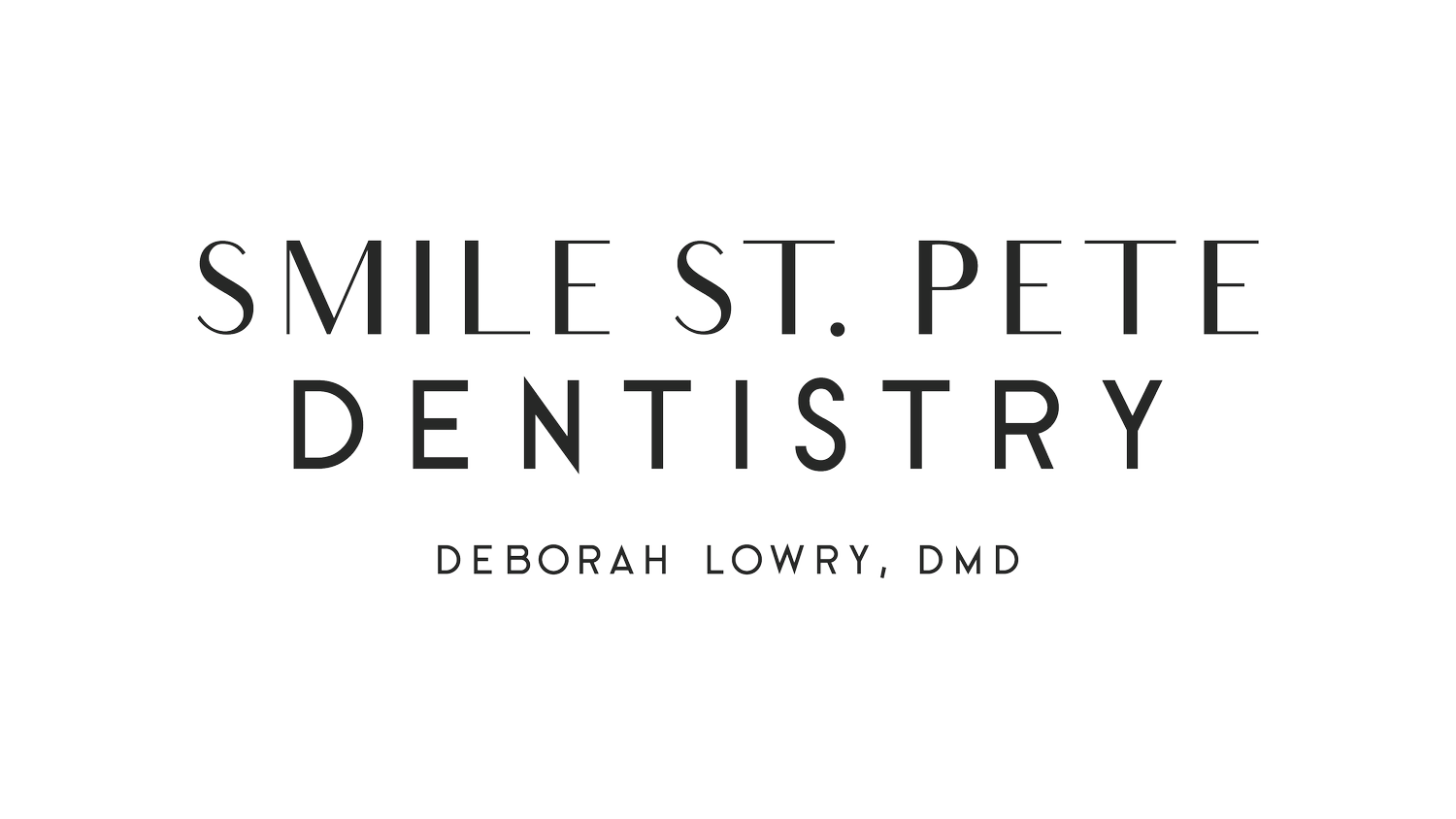Are DIY Aligners Safe? The Comprehensive Guide to Home Teeth Straightening
The revolution in dental care is here! Do-it-yourself aligners promise to make the dream of a perfect smile a reality, all from the comfort of home. But are DIY aligners safe? Do they truly deliver on the promise of flawless, straight teeth? We know you have questions, and we've got answers!
Are DIY Aligners Safe?
In short, DIY aligners are generally safe when used correctly, under guidance, and for the right cases. DIY aligner companies have qualified dental professionals who assess your case remotely. However, DIY aligners might not be suitable for everyone and can come with potential risks if used incorrectly.
How Do DIY Aligners Work?
DIY aligner companies use a digital model of your teeth, created using an at-home impression kit, to create a personalized treatment plan. You receive a set of clear aligners, which you change regularly to gradually move your teeth into the desired position.
The Pros of DIY Aligners
There are clear advantages to using DIY aligners. They're convenient, allowing you to undergo teeth straightening treatment from home. Plus, DIY aligners are generally more cost-effective than traditional orthodontic treatments.
Are There Risks Involved?
While DIY aligners are designed to be safe, potential risks exist. Without regular, face-to-face dental supervision, there's a chance that complications may go unnoticed. These could include root resorption (shortening of roots), loss of bone around the teeth, gum recession, and in rare cases, tooth loss.
Moreover, DIY aligners may not be the best choice for complex dental cases, like severe crowding, large gaps, or bite-related issues, which require more comprehensive orthodontic treatment.
What to Consider Before Opting for DIY Aligners
1. Dental Checkups are Crucial
Prior to starting any orthodontic treatment, it's important to have a dental checkup to address any existing issues like cavities or gum disease. Make sure your teeth are healthy before you begin straightening them!
2. Evaluate the Complexity of Your Case
Evaluate your dental needs carefully. Are they straightforward, like minor crowding or small gaps, or more complex, involving bite adjustments? For more complex needs, an in-person orthodontist might be the best bet.
3. Understand the Need for Compliance
With DIY aligners, you're your own boss! But remember, this comes with the responsibility to wear your aligners as instructed - typically 20-22 hours a day.
4. Consider the Aftercare
Aftercare, including wearing retainers, is crucial to maintain your new smile. This applies to both DIY aligners and traditional orthodontic treatments.
The Verdict: Safe, but Consider Your Specific Needs
DIY aligners can be a safe and convenient option for teeth straightening, but they aren't right for everyone. If you're considering DIY aligners, it's crucial to evaluate your specific dental needs, comply with the treatment regimen, and commit to proper aftercare.
Consult with dental professionals, even if you're leaning towards DIY aligners. After all, when it comes to your health, it's better to be safe than sorry! Get ready to flash that dazzling smile - you've got all the information to make the best decision!
Remember, everyone's dental journey is unique, and there's no one-size-fits-all solution. Whatever you choose, here's to your bright and healthy smile!
